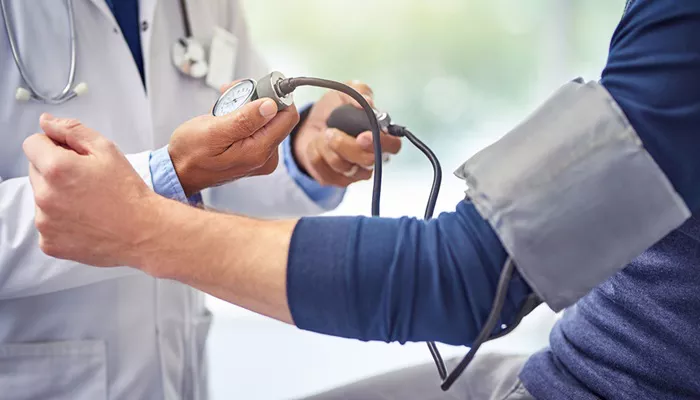A troubling trend is emerging in the United States, as new studies reveal a significant rise in high blood pressure among young adults and children. Nearly 25% of individuals aged 18 to 39 are now classified as having high blood pressure, with readings exceeding the healthy threshold of 130/80 mmHg. Additionally, a second study indicates that almost 14% of children aged 8 to 19 also have elevated or high blood pressure.
These findings were presented on Friday at the American Heart Association (AHA) scientific sessions in Chicago. It is important to note that this research is preliminary and will need to be published in a peer-reviewed journal for further validation.
Dr. Bonita Falkner, chair of the AHA’s 2023 scientific statement on pediatric hypertension, emphasized the seriousness of the situation.
She stated, “The prevalence of hypertension in young adults is stark, and social determinants of health amplify the risk for hypertension and subsequent premature cardiovascular disease.”
Both studies utilized data collected from 2017 to 2020 by the U.S. Centers for Disease Control and Prevention (CDC) as part of its National Health and Nutrition Examination Survey. The first study examined blood pressure readings among young adults and analyzed five factors that can affect health: education level, income, health insurance status, food insecurity, and employment.
Researcher Thomas Alexander, a medical student at Northwestern University’s Feinberg School of Medicine, explained, “Social determinants of health are the social conditions arising from where people are born, live, learn, work, and grow.”
The study found that nearly 23% of young adults have high blood pressure. Those affected were more likely to be uninsured, experience food insecurity, and face financial challenges compared to older adults. These factors appear to hinder their ability to manage blood pressure effectively.
The research revealed that adults with two or more unmet social needs were approximately 80% more likely to have untreated high blood pressure and about 70% more likely to lack control over their blood pressure.
“Young adults with social needs and high blood pressure need more support to achieve blood pressure goals,” Alexander stated in an AHA news release. He added that addressing these social determinants through targeted public health strategies is crucial for improving outcomes and preventing long-term heart disease and stroke in this vulnerable group.
In the second study, researchers found that nearly 9% of children aged 8 to 19 had elevated blood pressure, while more than 5% had high blood pressure, according to guidelines from the American Academy of Pediatrics. The study also revealed that boys were more affected than girls, with about 14% of boys having elevated blood pressure compared to nearly 7% of girls.
High blood pressure was notably more common among children with severe obesity, and the rates of elevated blood pressure increased with age.
Ahlia Sekkarie, an epidemiologist at the CDC, warned that “youth who have high blood pressure are more likely to have high blood pressure as adults, putting them at greater risk for heart disease and stroke.”
Sekkarie emphasized the importance of a healthy diet and regular exercise in reducing the risk of high blood pressure.
“Ensuring that youth are eating a healthy diet and getting enough physical activity is crucial to helping prevent heart disease and stroke,” she said.
As these studies highlight the rising prevalence of high blood pressure among younger populations, experts stress the need for increased awareness and proactive measures to address this growing health concern.

